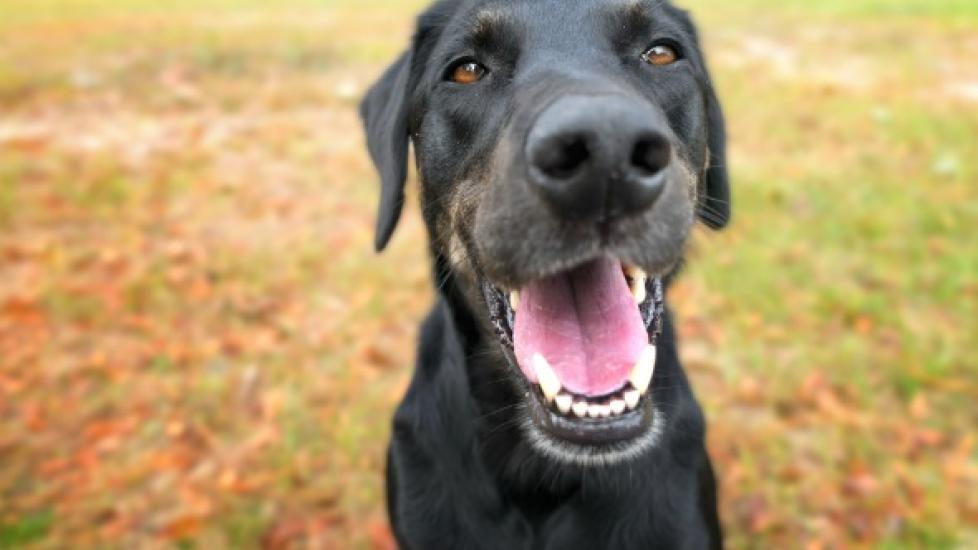Puncture Wounds in Dogs
Treating Animal Bites and Gunshot Wounds in Dogs
Puncture wounds are extremely varied: From small splinters, stickers, and grass awns that break the skin to animal bites and gunshot wounds. They almost always get infected, leading to severe problems under the skin even when everything looks fine from the outside.
Primary Cause
Splinters, stickers, and animal bites (from other dogs, mostly) are the most common puncture wounds seen in dogs. Glass and metal wounds are also common. Wounds from weapons (as during hunting) are also considered fairly routine in certain parts of the U.S. Porcupine quills and grass awns are similarly common in some areas in the U.S.
Immediate Care
In all cases:
-
Only bandage a puncture wound if it is in the chest, if it is bleeding profusely, or if there’s still an object lodged in the dog’s body.
-
Calm the dog. Restrain and/or muzzle her, if necessary.
-
Do not put yourself at risk if the dog is panicking, excited, or in pain.
-
Do not wash puncture wounds to the chest or abdomen with antiseptics or disinfectants.
-
Always contact your vet to check for tetanus.
For animal bites:
-
Make sure the dog cannot harm you – he may be excited, in pain or panicking.
-
If the dog’s chest is punctured, cover the wound with a clean, damp cloth and bandage the chest tightly enough to seal it.
-
Check for signs of shock.
-
Perform CPR (if needed) and take the dog to a vet immediately.
-
If a muscle has been punctured, clean with water. Watch for signs of shock and keep the dog warm while you get immediate veterinary assistance.
-
If the abdomen is punctured and internal organs are exposed, don’t let the dog lick at them.
-
Wash the exposed organs immediately in clean water if you can. Use a warm, damp sheet to wrap the dog’s abdomen and take it to a vet urgently.
For splinters:
-
Wash the affected area with warm, soapy water.
-
Use tweezers to remove the splinter.
-
Wash the affected area again, either with warm, soapy water or a disinfectant.
For gunshot wounds:
-
Treat bleeding and other obvious effects immediately.
-
Check for shock.
-
Take the dog to a vet immediately.
For arrow wounds:
-
Do not pull the arrow out. Instead, cut the shaft about two inches (five centimeters) from the body and bandage the entry point tightly to keep the arrow from moving.
-
Check for shock.
-
Take the dog to a vet immediately.
For porcupine quills:
-
Ideally, quills should be removed by a vet, under anesthesia.
-
Therefore, if possible, take the dog to a vet immediately.
-
If this is not possible and there are only a few quills embedded, you can remove them using long-nosed pliers. Pull each quill individually, following the angle of entry.
Living and Management
If your pet has suffered a puncture wound – even a minor one like a splinter – make sure tests for tetanus are employed. An antitoxin can be easily administered. Although it’s rarer in dogs than in humans, tetanus may reveal itself with the following signs:
-
Stiffer ears than normal
-
Sensitive to light and sound
-
Third eyelid protrudes
-
General bodily stiffness
-
Inability to stand
-
Eventual paralysis
See Also
Help us make PetMD better
Was this article helpful?
